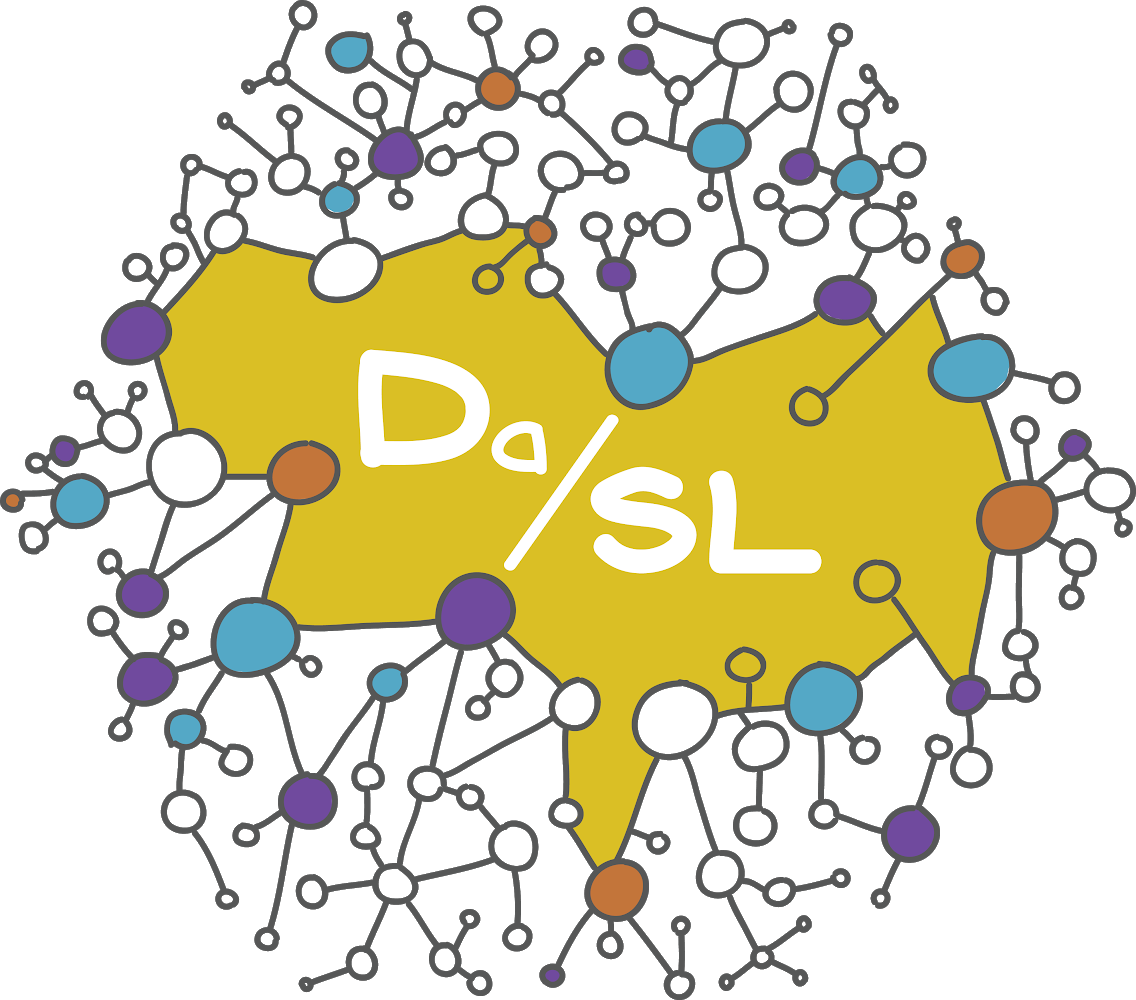1 Markdown
Before getting started, you need to learn some markdown. Markdown is a markup language (like HTML) that is absurdly easy. Every data scientist needs to know markdown. Fortunately, you’re five minutes away from knowing it. A markdown file is a text file that needs to be rendered to look nice. If you want an example, this page was written in markdown. To try it, go to google colab or a jupyter lab, create a markdown cell and start editing. Also, github will markup a markdown page so that is a good place to experiment.
As mentioned, markdown is markup language. So, you write in plain text and then it needs to be rendered into a pretty document or page. For example, all of these notes were written in markdown, but then converted to HTML. There are different flavors of markdown. So, syntax can change a bit. I’m using the one that works in quarto.
Here’s how you section in markdown.
# Top level heading
## Second level heading
### Third level headingand so on. It should look something like this, though the style can change depending on how it is being rendered.
Top level heading
Second level heading
Third level heading
You can can bold text and italicize text like this:
**bold** text and *italicize*If you want an ordered list, like this:
- Item one.
- Item two.
- Item three.
then you can just do:
1. Item one.
2. Item two.
3. Item three.Note, if you move around the order of the list in the markdown code, the markup engine will just reorder them starting at whatever the first number is. An unordered lists can be done with asterisks or plus signs or dashes. (I tend to use asterisks.) Also, putting brackets with an x makes for a check mark.
* [ ] Pick up broccoli
* [ ] Pick up oat milk
* [x] Pick up golden berries
* [x] Pick up teaInline code, like lambda x: x ** 2 can be written with backticks like this:
`lambda x: x ** 2`Block code is written in between three backticks.
```
like this
```
Links can be done like this:
[Markdown cheat sheet](https://www.markdownguide.org/cheat-sheet/).which renders like this: Markdown cheat sheet. (Also, that’s a real link to a nice MD cheat sheet.) Images can be done like this
If your converter can use mathjax, or some other LaTeX math rendering library, you can insert LaTeX equations. For example,
\[ \int_{-\infty}^\infty (2\pi\sigma^2)^{-1/2} \exp\left\{-\frac{1}{2\sigma^2} (x - \mu)^2\right\} dx = 1 \]
can be written as
$$
\int_{-\infty}^\infty (2\pi\sigma^2)^{-1/2} \exp\left\{-\frac{1}{2\sigma^2} (x - \mu)^2\right\} dx = 1
$$I noticed the github markdown renderer doesn’t load mathjax, but most of the data science things do, like jupyter-lab, colab and quarto.
That’s plenty of markdown to start. Try it out. You’ll find that you pick it up really fast.
